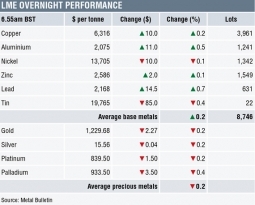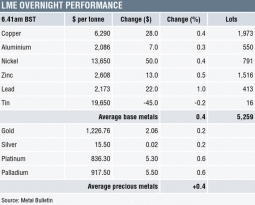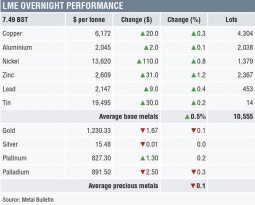Close to 900 orders placed for new commercial aircraft this week at the biennial Paris Airshow bode well for metal demand.
Boeing and Airbus both upped their forecasts for aircraft demand for the next 20 years. This is set to translate into increased tonnage for lightweight materials such as titanium-aluminium and aluminium-lithium alloys for airframes and high temperature metals such as nickel, cobalt, chromium, molybdenum, tantalum, niobium, rhenium, zirconium and hafnium in components for larger and hotter new generation engines.
By 2036 Boeing expects the global commercial aircraft fleet to absorb 41,030 new planes, while Airbus forecasts a more modest figure of 34,900. What both leading aircraft manufacturers agree on is that this demand will be led by single aisle aircraft (in excess of 29,000 forecast by Boeing and almost 25,000 forecast by Airbus).
The trend was clearly in evidence at Le Bourget, where Boeing’s new single aisle 737 Max 10 hogged the limelight and helped Boeing steal the march on its European rival for the first time in five years. Boeing secured 571 aircraft orders worth $75bn at list prices including 147 new orders and commitments and 214 order conversions from other models – all for 737 Max 10. Airbus lagged with 326 orders and commitments worth $40bn, all but 20 of them for its single aisle A320 family aircraft.
Its A380 superjumbo, which at almost 80t estimated, requires the most titanium metal of any aircraft now flying proved a tough sell, prompting Airbus to reduce production to one a month by next year and cut its demand forecast for deliveries of extra large planes in the next 20 years to 1,410 or 4pc of the market. But at the airshow Airbus sought to engage customers with a revamped and even more capacious revamped double-decker A380 with 80 extra seats …
Read More
Source: Metal Pages
WEEK IN REVIEW: Eyes to the skies
Recent Posts








